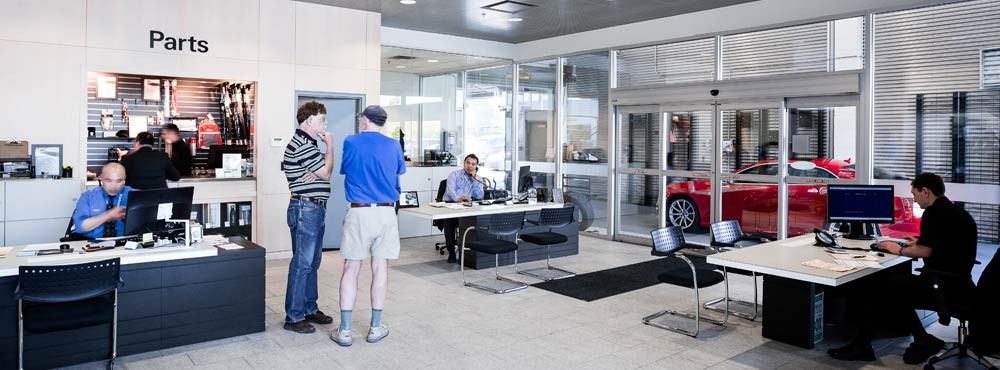What do you do if your engine overheats?

It’s not even officially summertime yet, and the Lower Mainland is already experiencing an uncharacteristic heatwave. The record-breaking temperature is great for top-down driving, but can be taxing on your vehicle — fluids deplete quicker, and some components, like the radiator, work harder. On older cars in particular, this can lead to engine overheating, although newer models aren’t immune either if there are any issues with the cooling system.
In the instrument cluster, there is either a physical or digital gauge marked with a small thermometer or Celsius symbol that measures the coolant temperature of the engine. The needle usually sits near the middle when everything is working as it should, but if you notice it creeping towards the hot side, that means there’s a problem. In such a situation, follow the steps below:
If you’re still in traffic
- The engine powers the air conditioner, so if your car is equipped with one, turn it off to reduce strain on the motor and roll down your windows instead.
- Turn on the blower and set the climate control to hot, to draw heat away from the engine and out through the air vents instead. Make sure all the windows are down when you do this so you don’t overheat.
- Stuck in gridlock? Put the car into neutral or park and tap the gas pedal slightly for a few seconds. The increase in rpms will get the fan and water pump working, which circulates air and liquid through the radiator.
Pull over when safe to do so
- When possible, find a safe place to pull over and turn off the ignition immediately, as continued operation can damage the engine.
- Open the hood to cool things down, being mindful you might be greeted with a face full of steam. It’s a good idea to wait at least 20 minutes.
- Do a quick check for the problem. Locate your coolant tank somewhere near your radiator that is supposed to be full of colourful coolant. If it’s empty, it may just need a fill or there could be a leak somewhere in the system. Check the ground underneath for any puddles.
- Option: if you must keep driving a little further, once things are no longer boiling hot, you can add a little water or coolant directly to the radiator to get you a few more kilometres. Let the heat from the motor dissipate before attempting to remove the radiator cap, which by then should be cool to the touch. Place something like a cloth overtop to protect your hand.
- If you’d rather leave it to the pros, call a tow truck right away and have your service department diagnose the problem. Possible issues could range from worn belts/hoses, to a broken water pump or thermostat.


